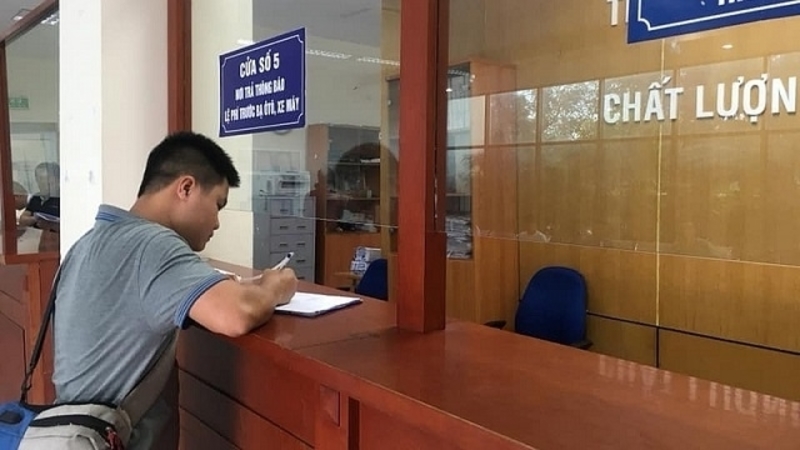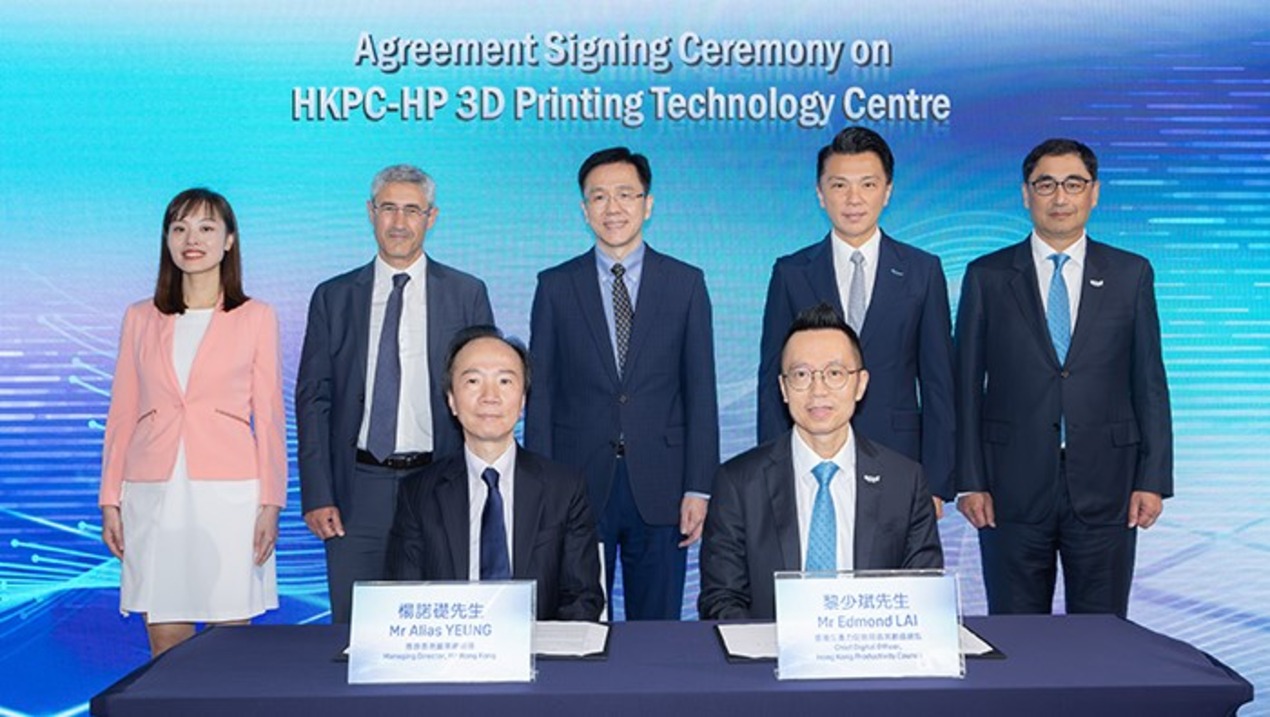
Traditionally, residents in Hanoi and Ho Chi Minh City had to pay cash to the treasury or bank for the registration fees for cars and motorbikes. Now, they can pay them online through the national public service portal, banks, and payment intermediaries.
The General Department of Taxation has said that it started piloting the electronic registration fee payment service for cars and motorbikes earlier this month.
According to news reports, when registering their cars and motorbikes, locals in the two economic locomotives can pay registration fees online through the national public service portal, online payment channels of banks (Vietcombank, Vietinbank, Agribank, VPBank, MBBank, and BIDV) and payment intermediary service providers (the National Payment Corporation of Vietnam (NAPAS) and mobile wallet MoMo), without using cash or going to banks or treasuries as before.
With this service, registration fee payers do not have to use paper documents to complete the procedures at the related traffic police agencies in order to register the vehicles, the General Department of Taxation said.
The department said this pilot project will save money and time for taxpayers, contributing to modernising tax administration and collection in the state budget.
To pay the fees online through the national public service portal, residents must have accounts of the payment intermediaries and banks linked to the service portal (only Vietcombank at this time).
Via commercial banks, they must have accounts at those banks and have registered for electronic payment services (Internet banking) at Vietcombank, Vietinbank, Agribank, VPBank, MBBank, and BIDV.
Additionally, electronic registration fees are also paid through intermediaries (NAPAS, MoMo) when people use their services.
Since its launch in December 2019, the national public service portal has provided 169 online public services at level 3 and 4, such as paying fines for traffic violations in Ho Chi Minh City, Hanoi, Hai Phong, Da Nang, and Binh Thuan, paying registration fees for cars and motorcycles in Ho Chi Minh City and Hanoi, personal income tax payment, birth registration in 45 localities, and the issuance of criminal records in 58 locales.
In a bid to popularise smartphones with 100% of the population, the government has launched a smartphone universalisation programme under which it will sell smartphones for VN 500,000 (around US$ 20).
A Vietnamese smartphone will cost US$ 45-50 to produce. However, with support from mobile operators and application developers, a smartphone can be sold at a lower price.
The Ministry of Information and Communications has not specified the brand names of smartphones, network operators, and apps. However, industry analysts have named the most suitable candidates for the program. Namely, Vsmart because it is cheap and has a stronger configuration than Chinese products.
Vsmart will have products priced at VN 1.2 million (about US$ 51) sooner or later.
Vsmart Live and Vsmart Joy 3 both are equipped with mid-class Snapdragon chips, while Chinese rivals use low-class Snapdragon 4xx or Helio. Other smartphone brands do not have the means to sell products for US$ 51 like Vsmart.
















